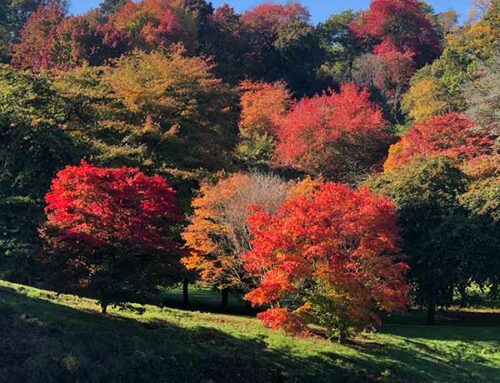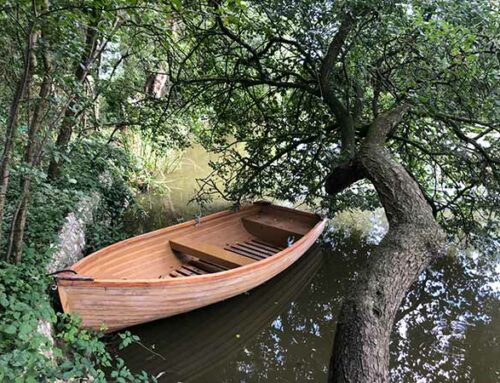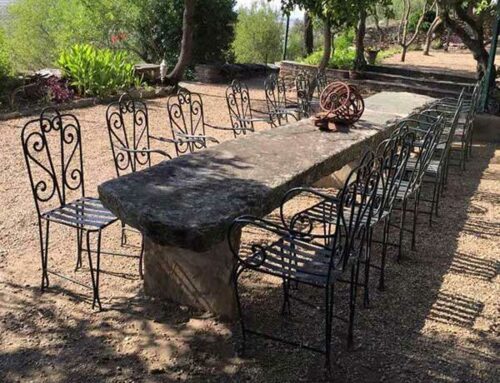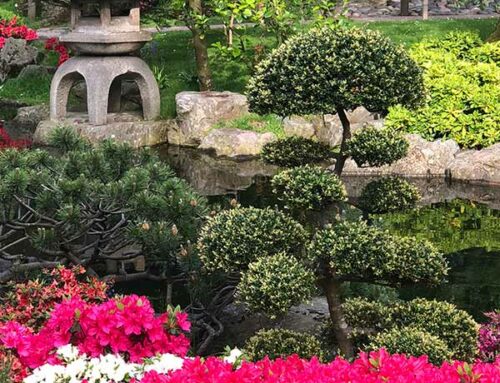New York Botanical Gardens – A Hidden Gem
The New York Botanical Gardens are a real treat if you’re ever visiting the Big Apple. This 250-acre garden and education centre is the biggest in The States and is a designated National Historic Landmark. The City of New York is proud of its botanical garden and rightly so. It’s a stunning collection of plants gathered from across the globe over 120 years. The botanical gardens are set in Bronx park and attract a million visitors every year.
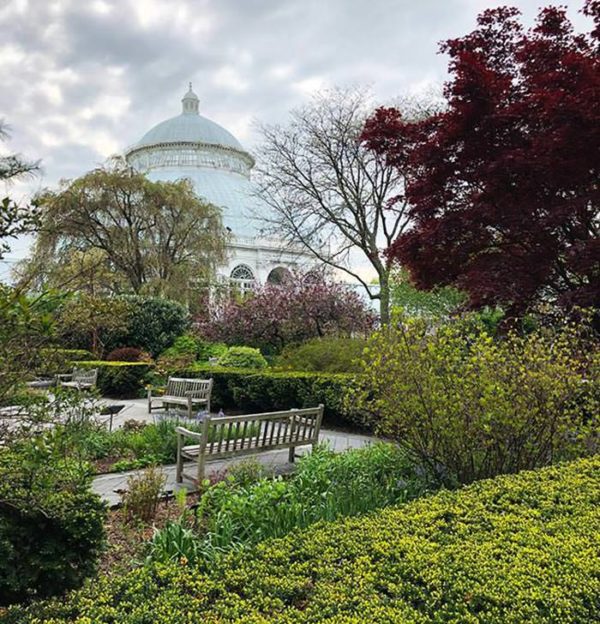
The Glasshouse at NY Botanical Gardens
The History Of New York Botanical Gardens
The botanical gardens were inspired by renowned botanists Nathaniel Lord Britton and his wife Elizabeth after they paid a visit to the Royal Botanic Gardens in Kew. They visited Kew in 1888 and returned with the idea that New York should have its own awe-inspiring national garden. In 1889 enough funds had been raised and a site was chosen. It belonged to the Lorillard family, famous for its tobacco products, but was acquired under the New Parks Act – an act designed to preserve parklands of the new city. The botanical garden was built in the north-most corner of the site where an existing freshwater river, rocky gorge and 50 acres of old forest already stood. Since then, activity has never ceased in the Botanical Gardens and the plant collections are truly magnificent.
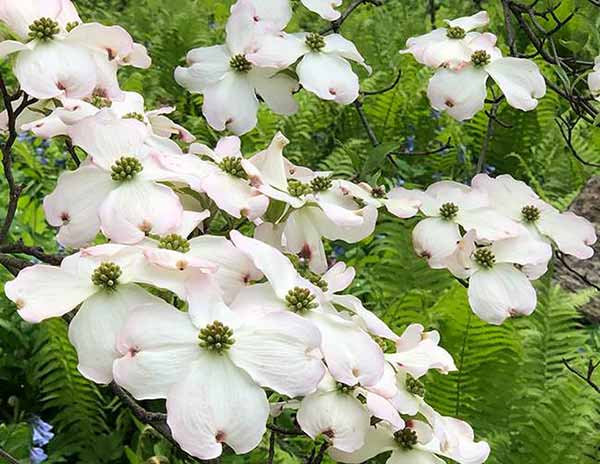
Beautiful Cornus Kousa tree flowering in the Indigenous Plant Collection NYBG
What’s There To See?
The world-famous Mertz library, completed in 1900, is the largest botanical library in America. It supports numerous Ph.D. students and botanists. If there’s anything you want to learn about plants, it’ll be here. There’s also the original 1902 Enid A Haupt Conservatory. This is a Victorian-style glasshouse housing the palm collection and galleries of over 20,000 exotic plants from around the world. The palm house dome is the garden’s most recognisable feature.
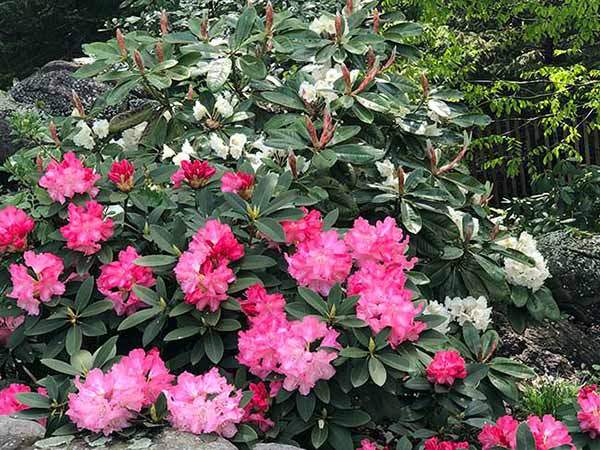
Flowering Rhododendrons – part of the vast Rhododendron collection
On the grounds 50 specialty gardens contain over a million plants. There are so many beautiful spaces, but these are considered the ‘must-see’ gardens:
Thain Family Forest
Thain Family Forest is a 50-acre remnant of original woodland and the reason this area was chosen for the gardens. It’s crossed with native American Lenape hunting trails and you can see glacier marks in the thickly wooded landscape. Tours take you past the river that divides the forest – the only freshwater river in New York City.
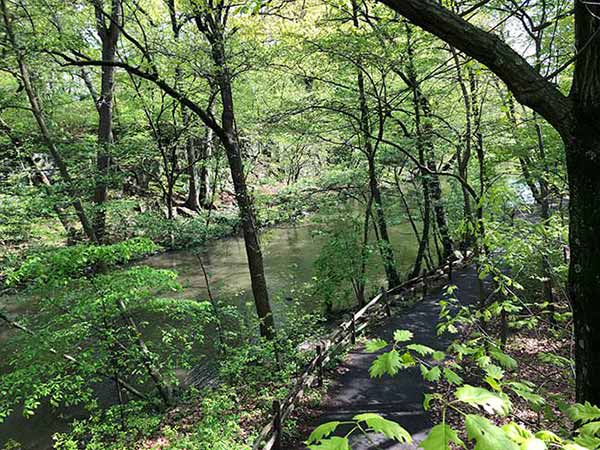
Thain Family Forest On the Banks of the Bronx River
Peggy Rockefeller Rose Garden
The rose garden was started in 1916 and completed in 1988 by David Rockefeller who named it after his rose-loving wife. This is a sustainable rose garden that has won international awards and its one of the most popular destinations in the gardens – because who can resist a beautiful rose? There are 650 including heirloom and modern blooms on show from April to October.
Maureen K. Chilton Azalea Garden
Another real favourite with visitors is the Azalea Garden. It’s filled with azaleas and rhododendrons so this is a real treat in May when they bloom together. The white, purple, pink, and coral azaleas are set amongst old gorges, ferns, hydrangeas, and 200-year-old trees.
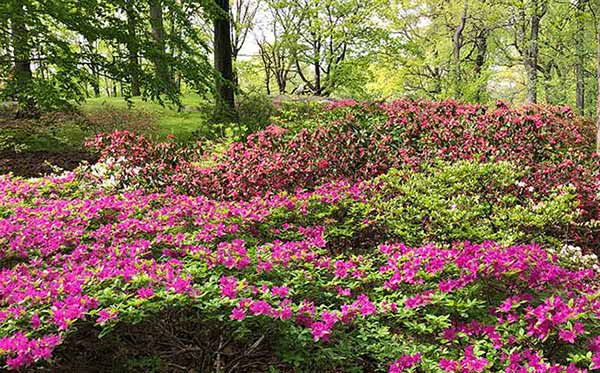
Don’t miss the Azalea Garden During Your Visit, especially during flowering in May
Dogwood Forests and Lilac Garden
The dogwood forest is another spring treat in the botanical gardens. It’s a blast of white and pink colour all reaching skyward. And let’s not leave out the Burns family lilac collection who’s blooms are eagerly awaited by visitors each year. The lilac collection was extended in 2016 to include antique cultivars, new disease-resilient specimens, dwarf, and tree versions.
Crab Apple Gardens and Maple Tree Garden
The Crab Apple garden dates to the 1930s and contains 80 varieties with two seasons of interest – spring blossom and autumn fruits. The maple tree gardens are popular multi-season visitors too. The large collection of maples gathered from around the world are set alongside a winding road. Maples change colour throughout the year making this one of the best-trodden paths around the gardens. There many Japanese cultivars and mature trees dating back decades.
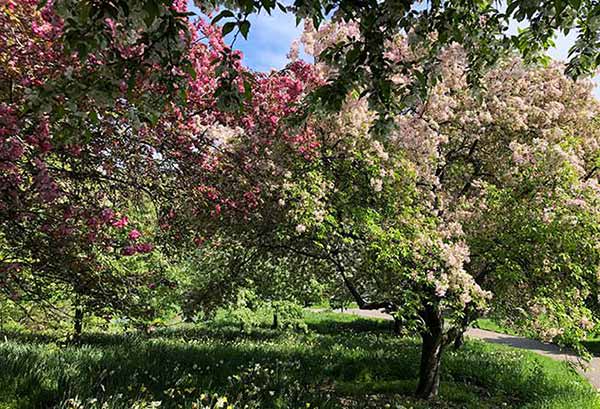
The flowering Crab Apple Tree Collection at New York Botanical Gardens
What Happens There Today?
It has old roots but the New York Botanical Gardens are thoroughly modern. World-class botanists and over 100 Ph.D. students carry out leading research here intending to preserve and protect the natural world. This may sound very stiff and formal but the gardens have always been a colourful paradise for visitors. There are regular shows including the annual pumpkin show and orchid exhibits in the palm house. Recently it held an exhibition of plants from Monet’s garden at Giverny and Freda Kahlo’s Mexican garden.
Next year the renowned Japanese artist Yayoi Kusama will build an installation there.
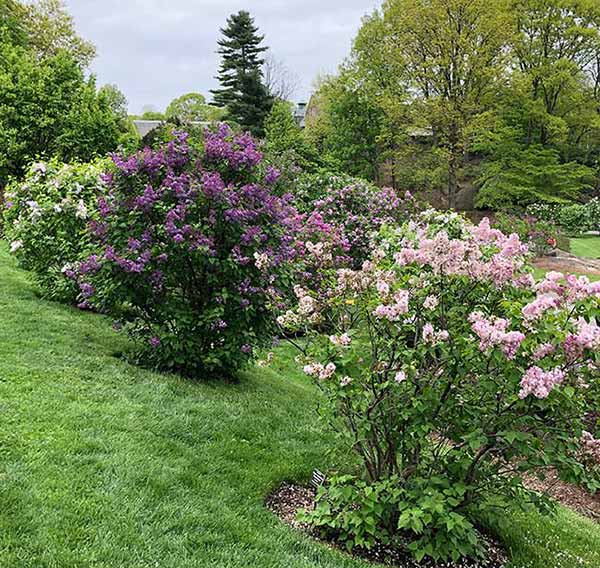
Lilac Trees in Full Bloom during May and June
When To Visit New York Botanical Gardens
There’s always something to see here and it’s impossible to pick a season, although many visitors come to enjoy the spring blossoms. It feels surprising that this leafy paradise is found in one of the busiest cities in the world, but if you ever find yourself in New York it’s well worth taking time to enjoy this colourful piece of American living history.
See also the Brooklyn Botanical Gardens…
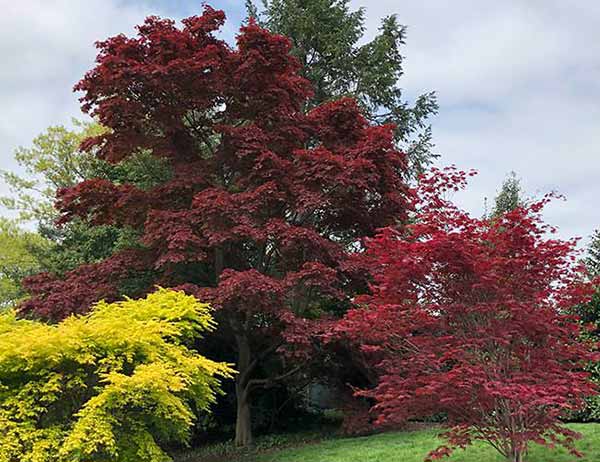
Stunning foliage of the Maple Tree Collection at NYC Botanical Gardens

